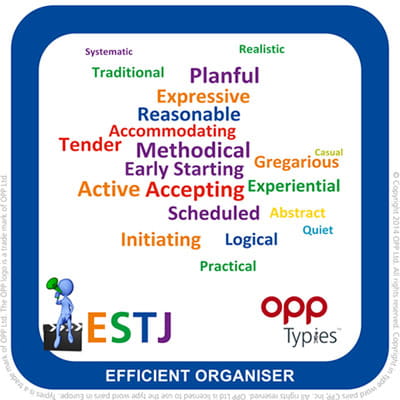The colourful world of personality type
John Hackston, Head of Thought Leadership, OPP
In 1909, Henry Ford reportedly said that customers could have a Model T car in any colour “as long as it is black”. It was a tongue-in-cheek comment, but it did encapsulate Ford’s drive towards product uniformity to create mass market supply at low cost. Everything would be the same, pretty much. One colour fits all.
Of course, this is a very different world to the one in which we operate. As practitioners, we work with people – and people are anything but ‘uniform’. The MBTI® framework is a means to help people recognise personality differences and use them for positive change. Unlike the early Ford era, we celebrate and thrive upon difference, so it seems fitting that our MBTI-supporting materials such as Typies® and Core Characters™ use many different colours.
However, there is more to it than being colourful for the sake of it; research shows that using colour in a consistent and meaningful way helps learning and understanding.
At OPP, one of our aims is to make MBTI personality type memorable, useful and accessible to everyone. Colour coding helps us to achieve this, and our new guide – Introduction to MBTI Colours – shows what the colours mean. It helps clients to understand the concepts, it deepens practitioners’ MBTI knowledge, and it makes more complex areas like type dynamics much easier to grasp and explain.
For example, we’ve colour-coded all our type tables – even the fun ones – so that you can see at a glance what the dominant function of each type is.
Or take a look at my Typie (I have preferences for INTP).

As an introvert, my dominant function of Introverted Thinking isn’t always obvious to other people – but one look at the amount of Thinking blue on my Typie shows just how central this is to me.
The colours are useful in MBTI Step II interpretation as well, where we have used them in personal Typies – the way that Feeling red jumps out for this ESTJ manager immediately draws attention to his out-of-preference scores.

Download the guide (below) and let us know how it has helped with your clients – we’d love to hear from you.
Related links:
- Introduction to MBTI Colours
- Type dynamics made easy
- Typies, Type tables and more – how to share type